Wintergreen, Tea Tree Oil, and Lemongrass: Natural Remedies for Fall and Winter Beehive Health
Tea tree oil (Melaleuca alternifolia) has been explored for various applications, including potential use in beekeeping as a treatment for pests and diseases.
While some beekeepers have experimented with essential oils like tea tree oil in their hives, it's important to approach such treatments with caution and understanding.
Using wintergreen, tea tree oil and lemongrass in your beehives first feed in the spring and last fall helps to clean out the bees tummy going into winter and early spring.
Here's a general guide on how I've used these oils for bee hive treatments:
- Research and Consultation: Before introducing any new substance into your beehives, it's crucial to thoroughly research its effects on bees and consult with experienced beekeepers or local apiarists. Tea tree oil may have some potential benefits, but it's essential to understand its impacts on bees and the hive ecosystem.
- Potential Benefits: Tea tree oil possesses antimicrobial and insecticidal properties, which could potentially help control certain pests and diseases in beehives. Some beekeepers have reported positive results in managing mites and fungal infections.
- Dilution and Application: Tea tree oil is highly concentrated and can be toxic to bees if used improperly. If you decide to use it, ensure that you dilute it properly according to recommended ratios. Typically, a few drops of tea tree oil per gallon of sugar syrup/honey or water are used. This diluted solution can be sprayed or dribbled onto the bees or hive components or a feeding station.
- Monitoring: Regular monitoring of hive health is essential, especially after introducing any new treatment. Keep an eye on bee behavior, brood development, and overall colony strength to assess the effectiveness and any potential adverse effects of tea tree oil.
- Environmental Impact: Consider the potential environmental impact of tea tree oil. While it's derived from a natural source, its effects on non-target organisms and the broader ecosystem should be taken into account.
- Regulatory Compliance: Check local regulations and guidelines regarding the use of tea tree oil or any other substances in beehives. Some regions may have restrictions or specific requirements for beekeeping practices.
- Alternative Treatments: Tea tree oil is just one of many options for managing pests and diseases in beehives. Integrated Pest Management (IPM) strategies, which combine various methods such as cultural practices, biological controls, and chemical treatments as a last resort, are often recommended in beekeeping.
Cleaning out The Honey Bee Recipe
In a 5 quart dutch oven fill 3/4 full with filtered water.
Put 1 cup raw honey from the hive from previous year, 1/2 tsp Organic Tea Tree oil,1/2 tsp Organic Lemon Grass, 1/2 tsp Organic Wintergreen essential oils.
Heat on low until the honey seems to be blended. By now your bees may be knocking at your door. They usually come and sit on my porch when I make this every year.
You can fill a bee station. I put this mixture in a ziplock bag and slit the top and place in my bee stations in my apiary. Or you can fill your hive feeders totally up to you.
Did you know honey bees hold their feces and will not do their business in the hive? Look closely at your hives, you will see spots all over the front of the hive, all over the snow or around the exit holes in the spring. That's bee feces, and holding it for long periods like this through winter months can cause a lot of sickness in a colony if their tummies are not healthy.
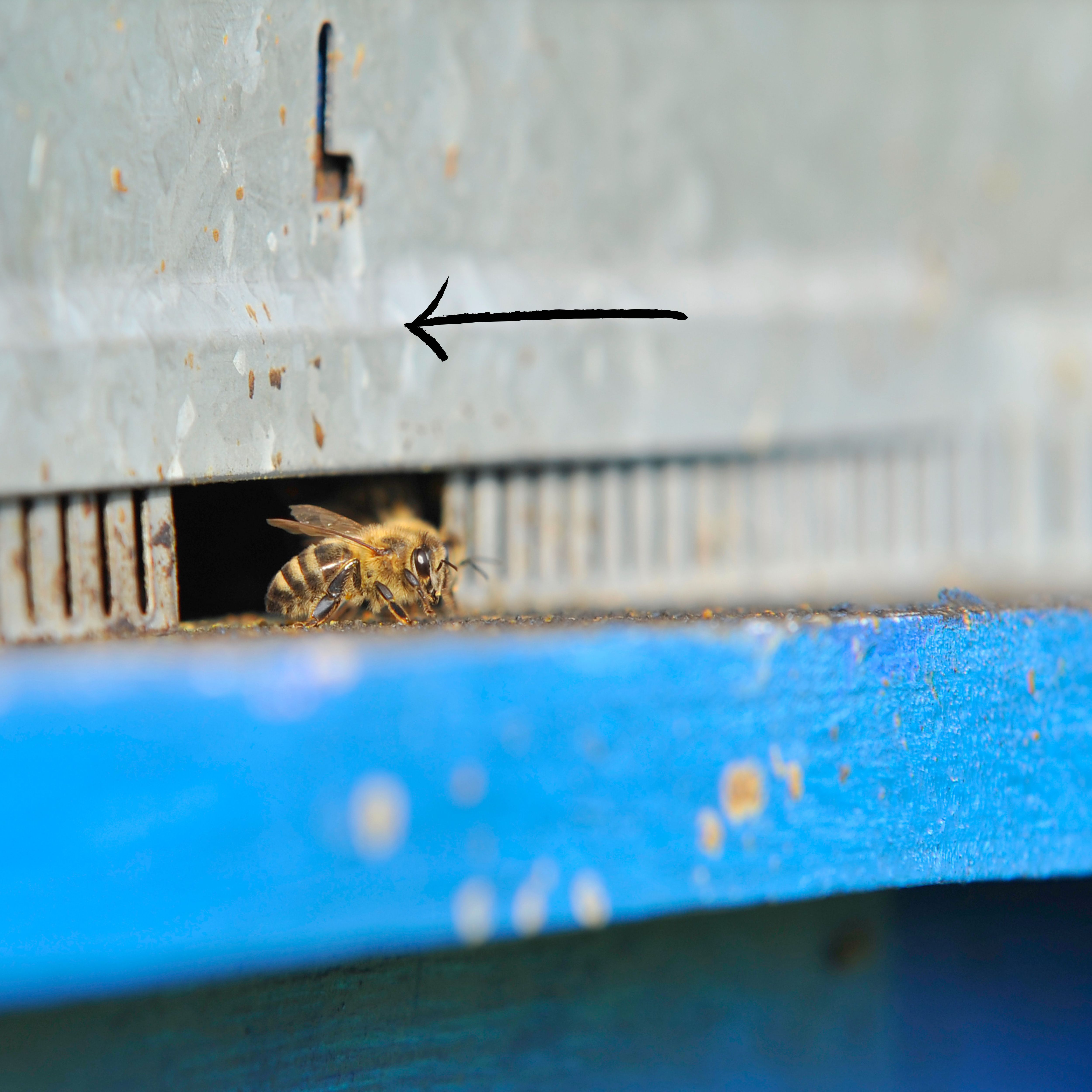
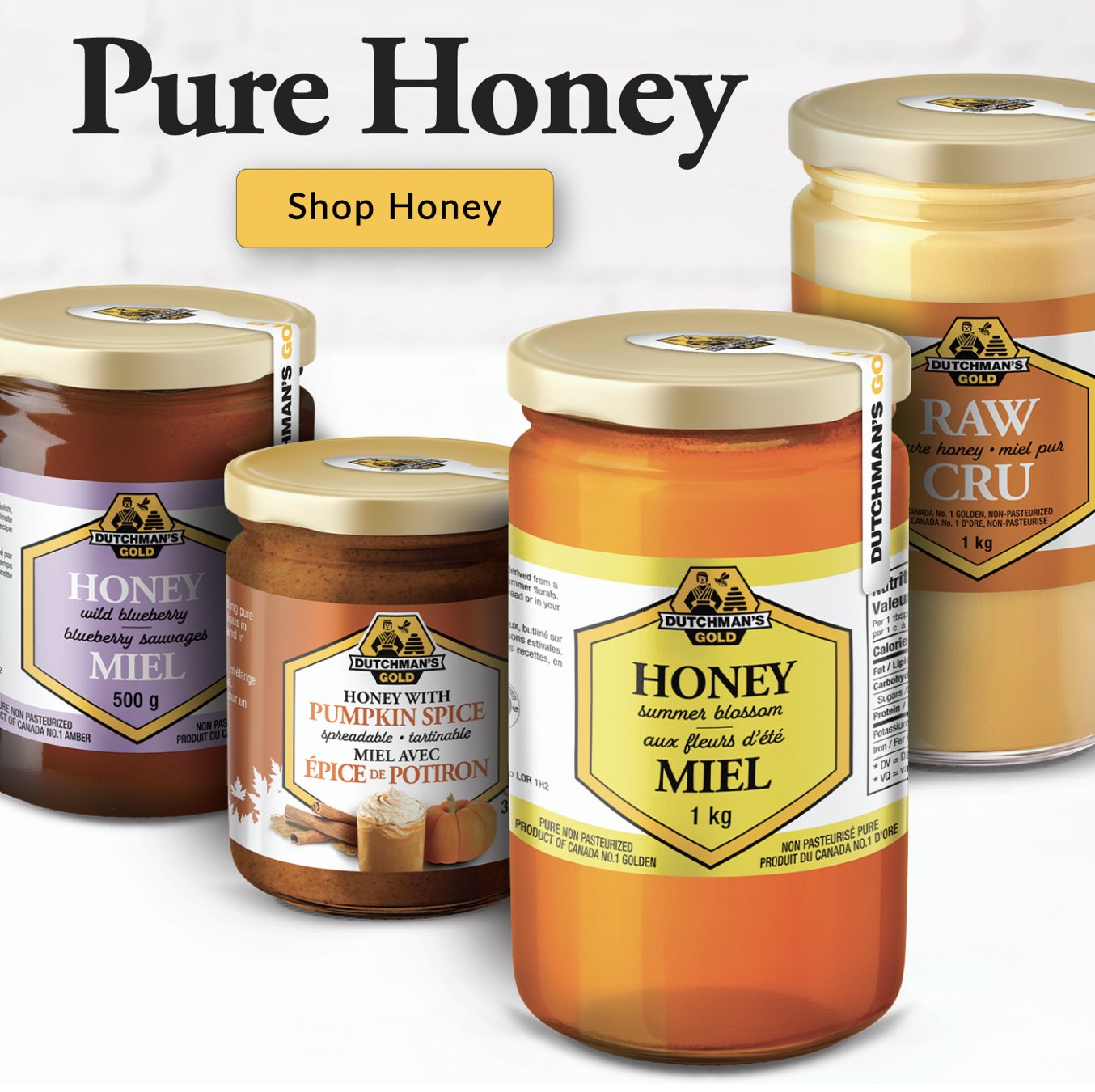
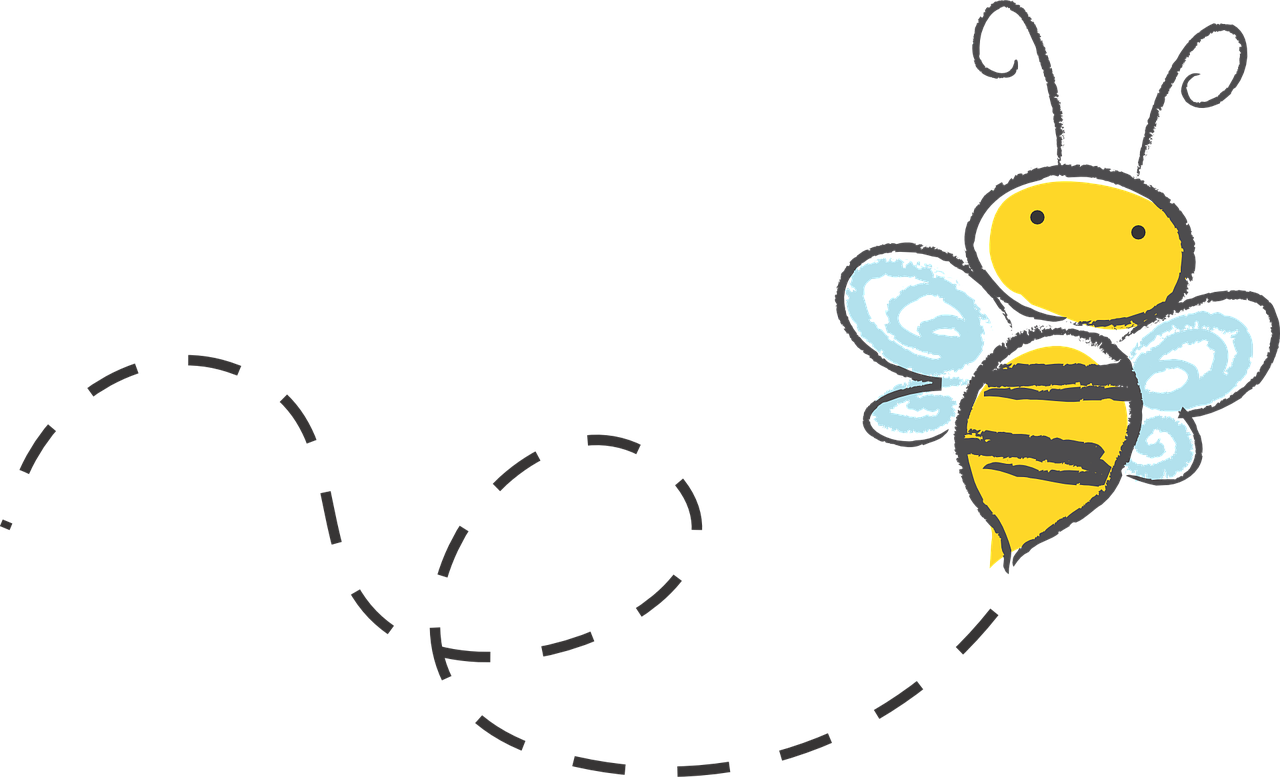
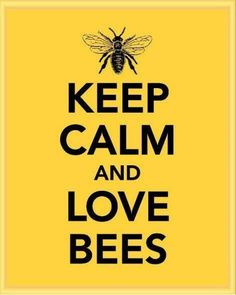
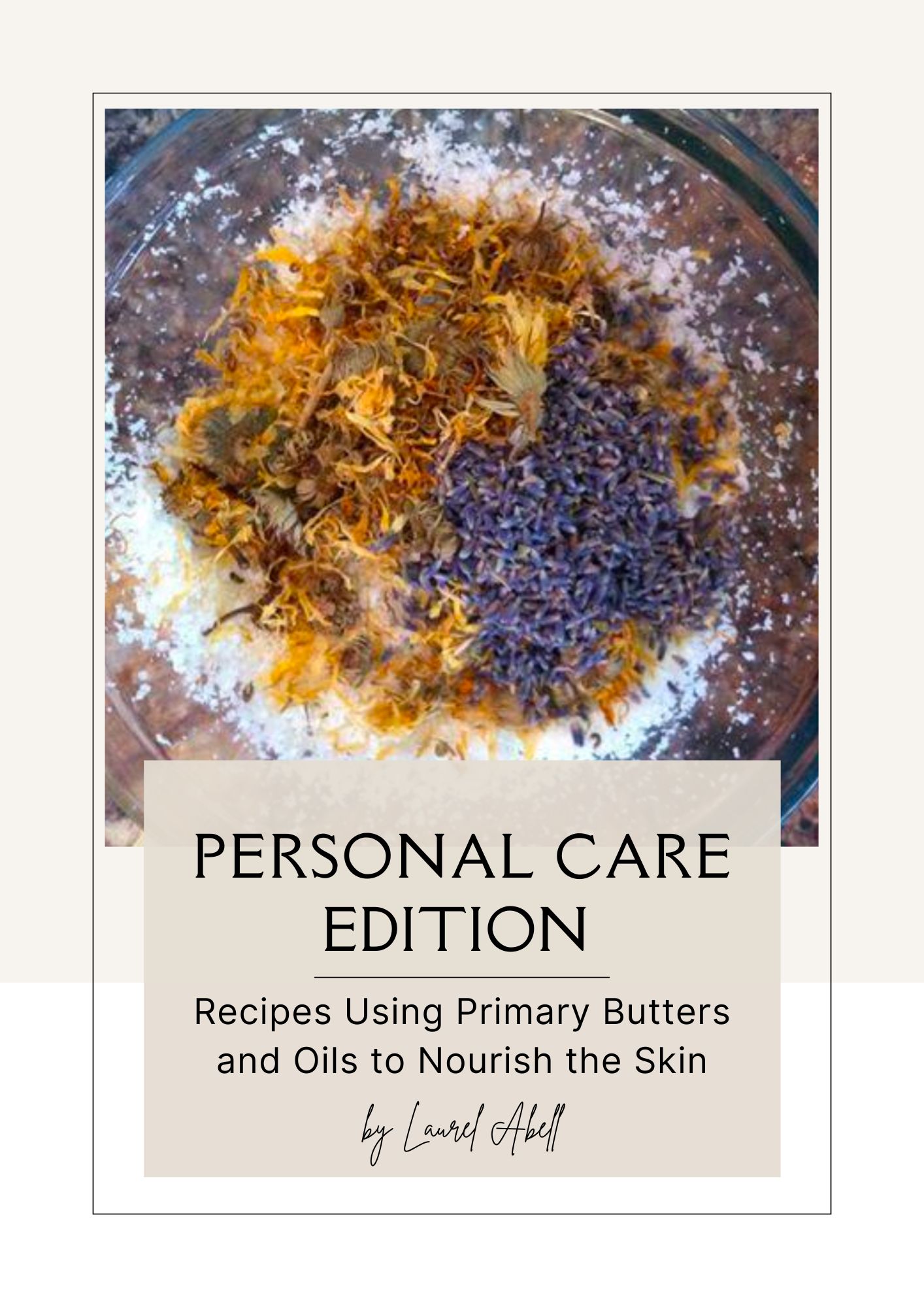
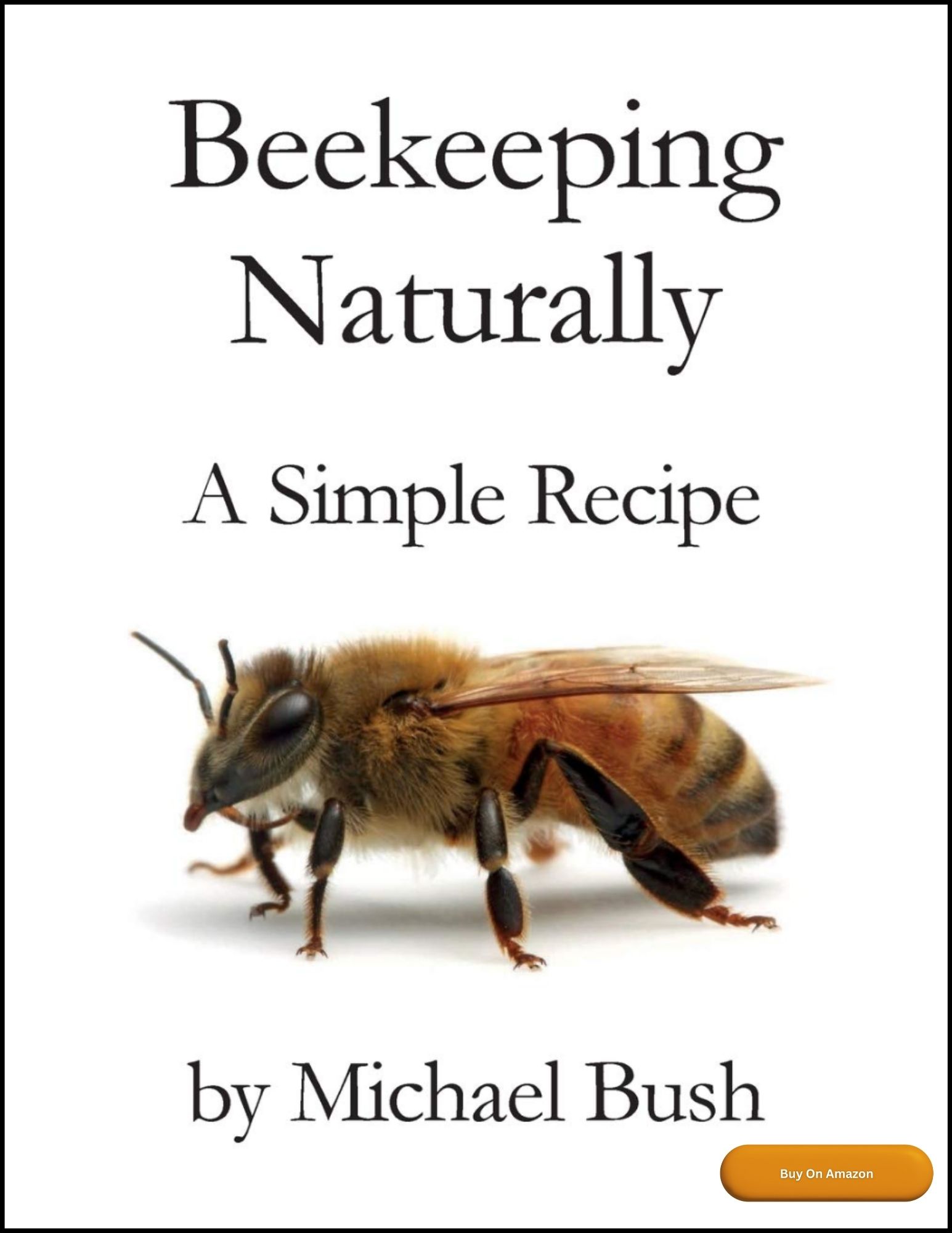
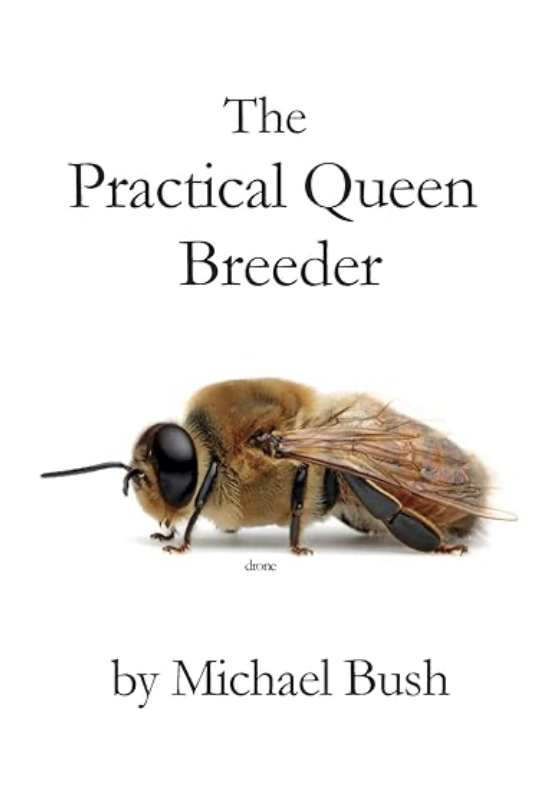
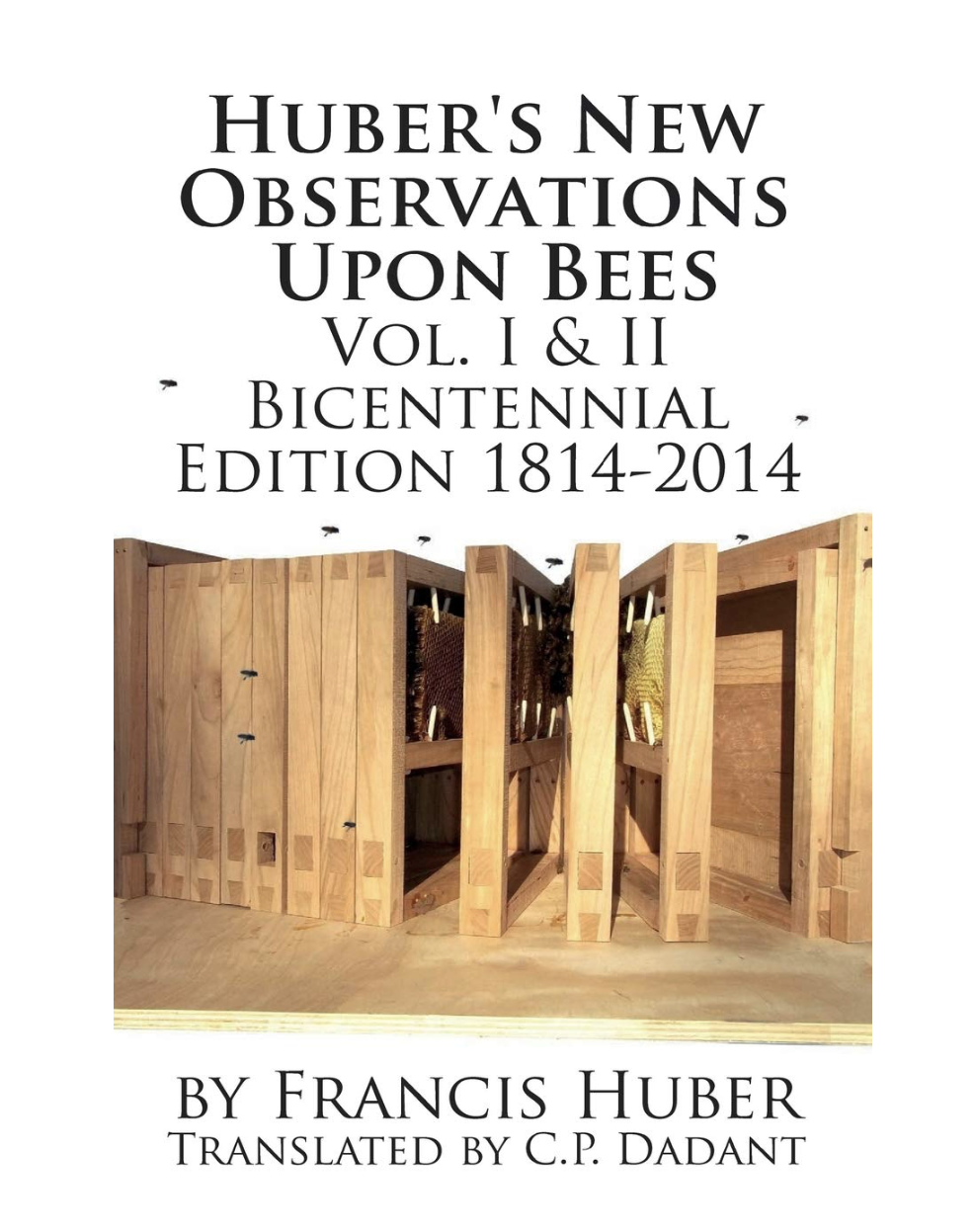
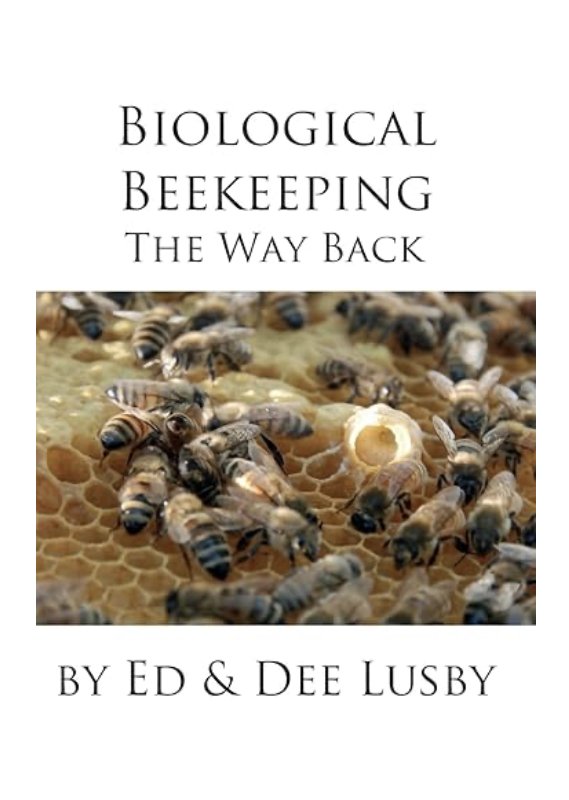
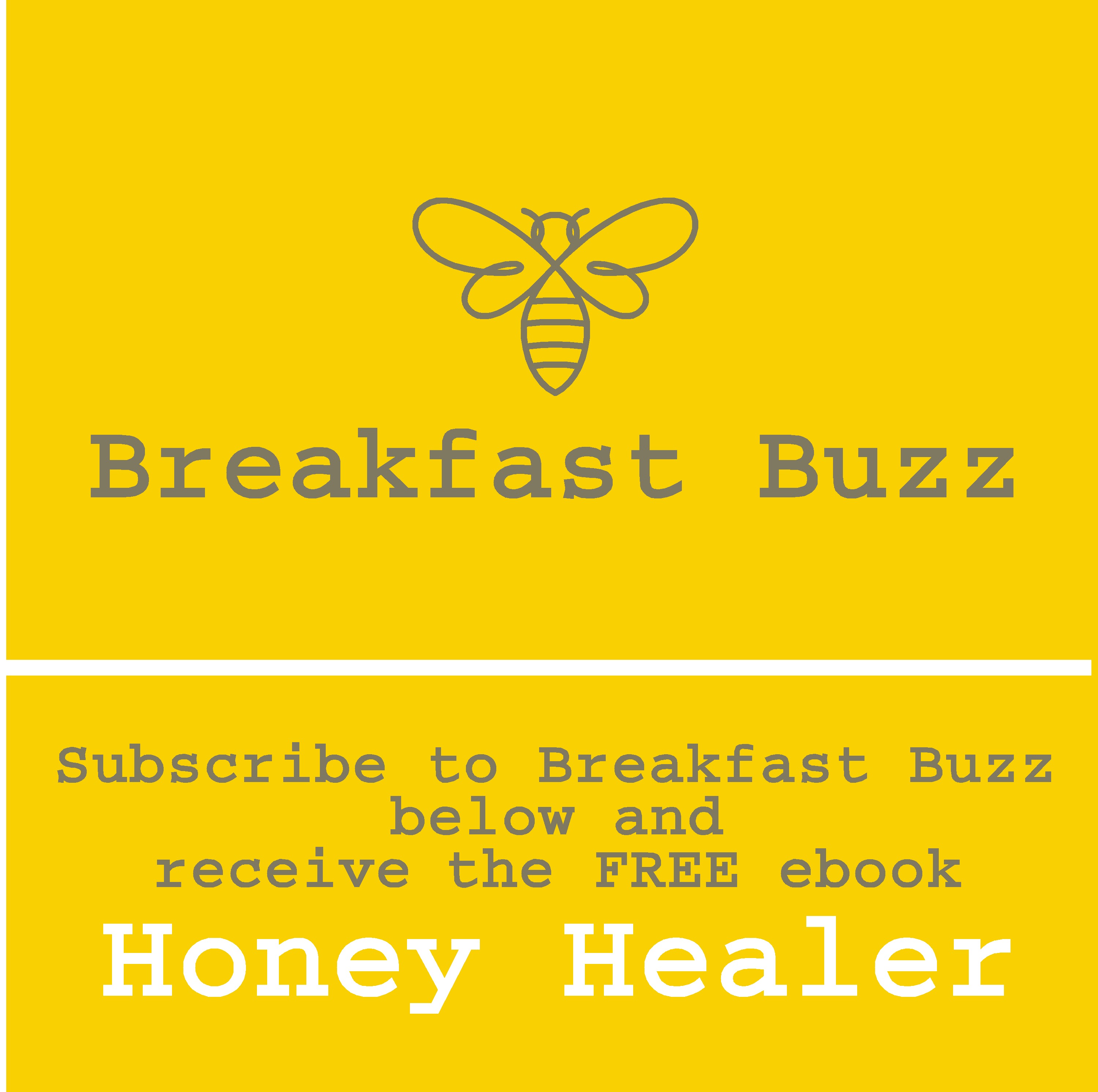
New! Comments
Have your say about what you just read! Leave me a comment in the box below.